Is It Hard to Distinguish The ‘Gongyang Ren’ from The ‘Kunlun Slaves’?

When I was collecting information about Hanfu before, I unexpectedly came across the term “gongyang ren” (people who offer support and contributions), and it is often associated with Dunhuang. When I was consulting the literature, I was quite confused as well. There is another term called “Kunlun slaves”. If I hadn’t consulted the literature, I wouldn’t have known such a term at all.
I. What is “Gongyang Ren”?
In fact, the “gongyang ren” here is similar to what modern people call “patrons” or “benefactors”. The significance of “gongyang ren” to the Mogao Caves is equivalent to “creating” and “guarding for a lifetime”. They are people with religious beliefs who provide funds to paint or build statues, or to carve grottoes.
In order to show their piety and also to leave behind their merits and be remembered throughout history, they would paint or carve the images of themselves, their families, relatives, servants and so on, all dressed in traditional Chinese outfits, near the paintings or statues. These portraits are also known as the images of “gongyang ren” by later generations. Basically, they are representatives of several local aristocratic families, usually the head of the family, along with the spouse and children led by the elders.
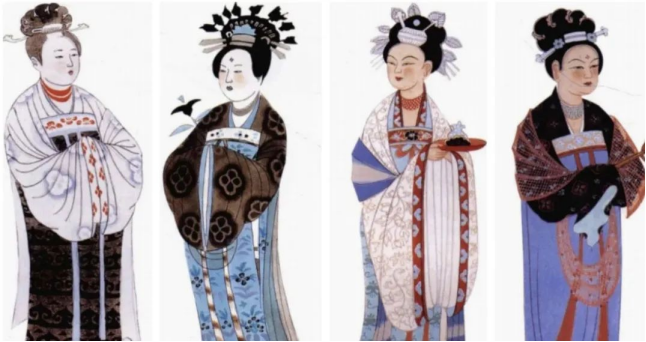
When carving grottoes and creating statues, people would paint portraits of themselves, their family ancestors, relatives, subordinates, attendants, servants, and even scenes of processions by bands and daily life in the grottoes. This indicates that the Bodhisattva and Buddha statues in the grottoes are supported by these “gongyang ren” . The portraits of “gongyang ren” are merit paintings. The purpose is to devoutly worship the Buddha and offer continuous support, and at the same time, to leave a name for future generations.
Of course, not only wealthy people can be “gongyang ren”. The “gongyang ren” cover a wide range of people, including all social classes, both Han people and ethnic minorities, both the rich and the poor. The wealthy open large grottoes, while the poor open small ones. Those even poorer can jointly open a grotto, or sign an agreement with the wealthy to build it together, where some contribute money and others contribute labor. Therefore, the portraits of “gongyang ren” involve all aspects of social life.
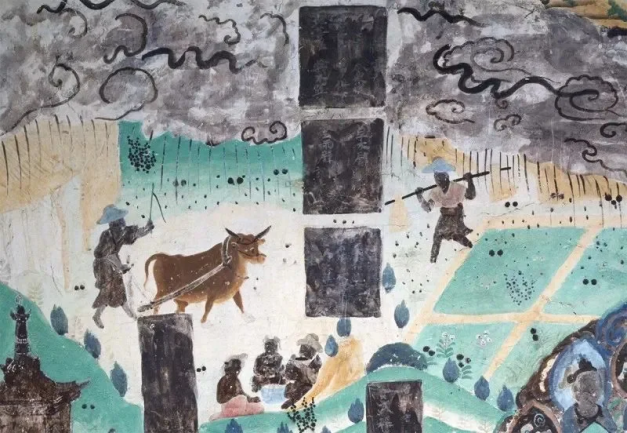
In the early grottoes, the images of the “gongyang ren” are very small. A few are “true-to-life” portraits, while most are just symbolic figures. Especially in the grottoes with a large number of “gongyang ren”, the portraits of the “gongyang ren” are arranged in a row. They all look alike, and it’s difficult to see their individual characteristics.
After the Sui and Tang dynasties, in some grottoes, the portraits of the “gongyang ren” are painted larger and depicted more carefully. After the Five Dynasties, although the murals are mostly painted simply, a great deal of effort is put into depicting the “gongyang ren”. Whether it’s the human body modeling, the facial expressions, or the detailed decorations, the portraits of the “gongyang ren” are painted exquisitely.

II. Strange “Gongyang Ren” images
The images of “gongyang ren” with dark skin once appeared at an event in Henan, China, which triggered a lot of discussions within the Hanfu community. Some netizens dug out that this so-called “restoration” was made based on modern second-creation murals. The author of the painting also said that the dark skin was intended to represent the oxidation black over time, not that the people were actually dark-skinned.
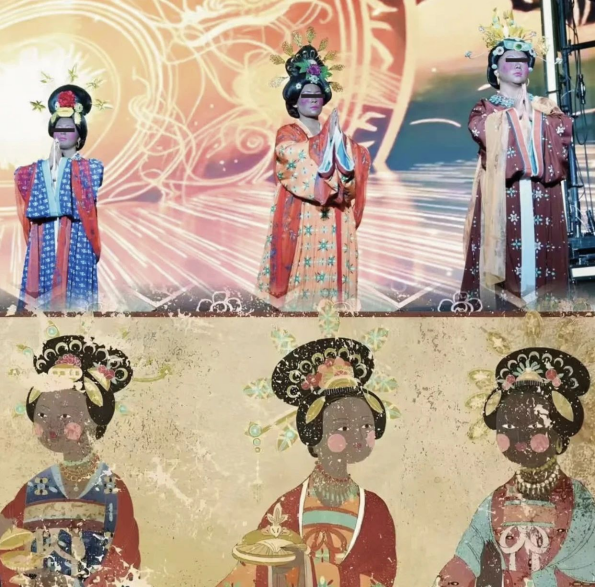
Since it’s a secondary creation, let’s take a look at the original work in the picture. It seems that there is a big difference between these two works. How could they even make mistakes when “copying” from the archaeological materials? The degree of damage is also different, which has really caused a big blunder.

Some netizens have speculated that this might be to show that people with dark skin also wear Hanfu, to express exchanges between China and foreign countries, and so on. In any case, the “gongyang ren” are some of the local noble families in China. It is likely that they accidentally confused the images of the “Kunlun slaves” with those of the “gongyang ren”.
III. What are “Kunlun Slaves”?
At that time, people with dark skin were mostly represented as the image of “Kunlun slaves”. They definitely wouldn’t wear magnificent Chinese dresses clothes. At most, they appeared as attendants in group portraits. Bai Juyi of the Tang Dynasty wrote in his poem Kunlun Er : “The Kunlun people live on the islands in the sea, and barbarian merchants bring them to the Han land for a visit.”
Some scholars believe that “Kunlun slaves” actually came from places such as the Southeast Asian islands, the east coast of Africa, and South Asia. They might first be taken to a place called “Kunlun Country” or a marketplace, and then sold to China through the Maritime Silk Road. Since “Kunlun slaves” were as strong as oxen and capable of doing physical labor, they were taken as servants by some wealthy people. There is evidence for such claims in the geographical book Tongdian of the Tang Dynasty, which mentions the place of “Kunlun Country”.

Not only were “Kunlun slaves” physically robust, but they were also famously good at swimming and had great physical strength. By looking through history books, we can find that many “Kunlun slaves” were engaged in water-related jobs, such as rowing boats, fishing, and gathering pearls. They were often hired as bodyguards or servants by wealthy families.
Well, let’s get back to our main topic. In fact, mistaking the strokes of “faceless” figures for “black-faced” characters is also an unpleasant part of the culture of mural protection. In mural images represented by the Mogao Caves in Dunhuang and the murals of Maijishan Grottoes, there are indeed modern copies of figures with dark faces.
In most cases, the original paintings were damaged by the theft of inlaid gemstone decorations on the faces by foreign invaders, and the pigments oxidized and peeled off, revealing the base color. That’s why in mural works, many representative pieces feature “faceless people”. Regrettably, we still have a long way to go in promoting traditional culture.
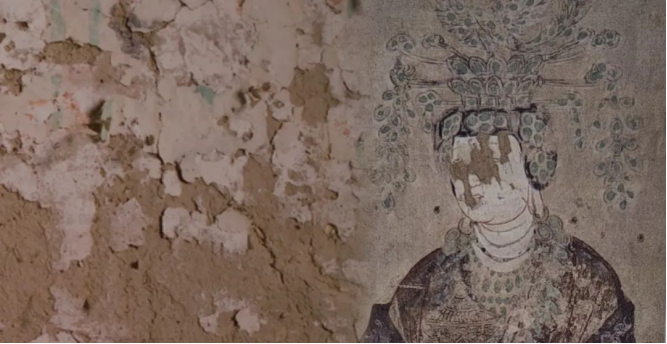
Summary
After all, the mural works in the Mogao Caves in Dunhuang are world-recognized Chinese cultural heritages, and the culture of the Tang Dynasty represents one of the peaks of Chinese culture. SilkDivas is also doing its part for the Hanfu culture. It is sowing a seed in the hearts of every international friend, enabling more people to understand Chinese culture and helping everyone to rediscover this splendid ancient civilization.
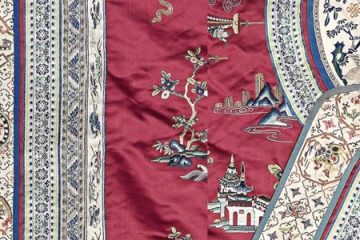
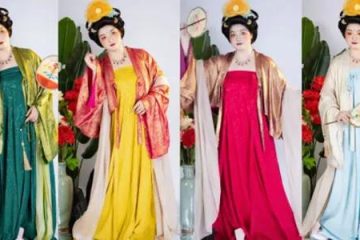
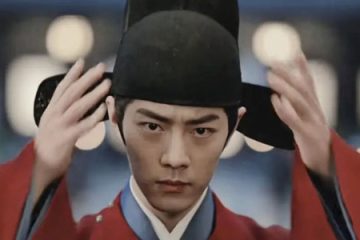
0 Comments